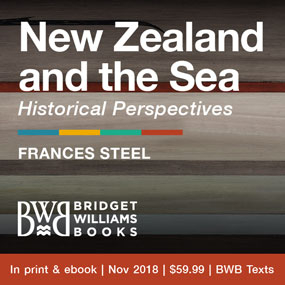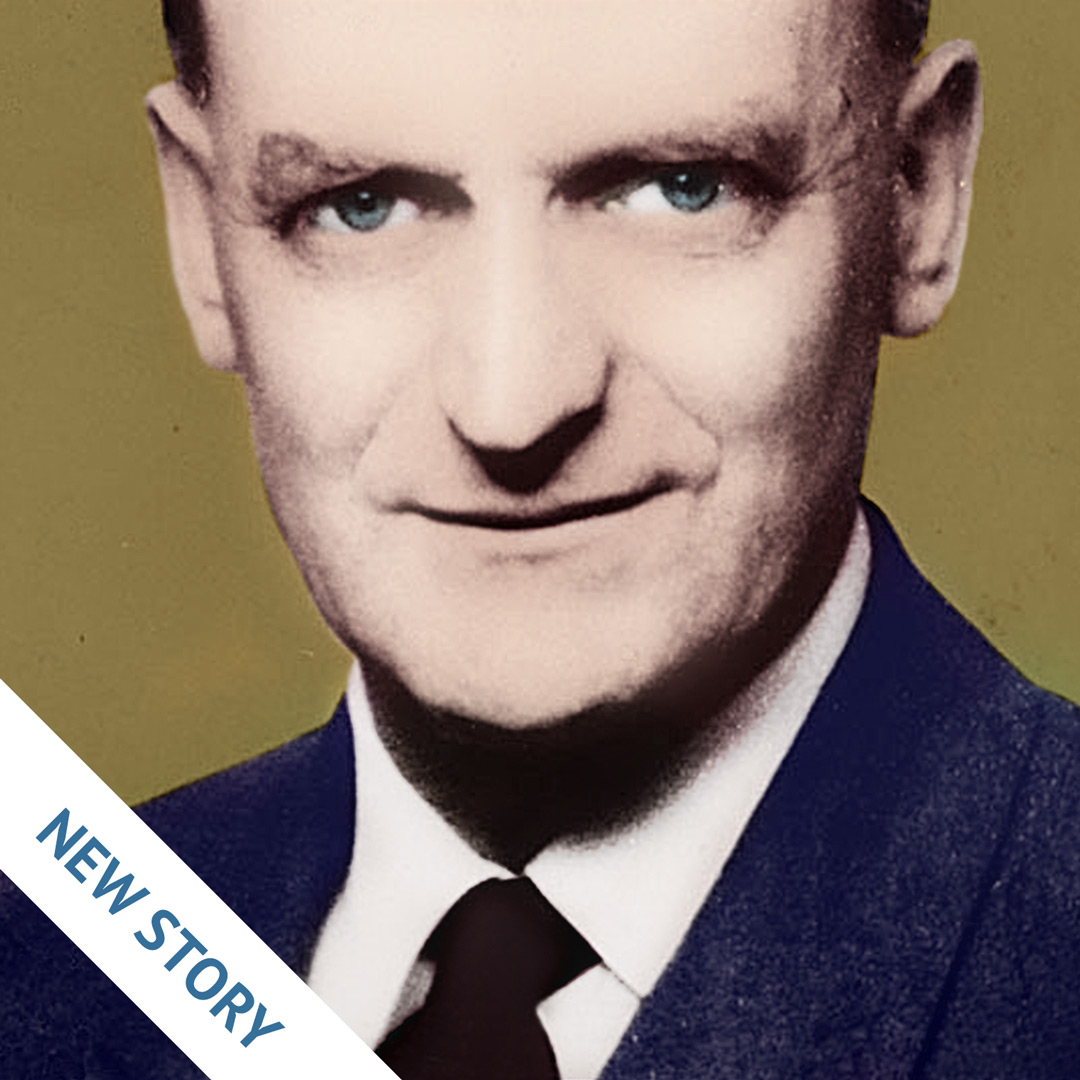World Economy Model Inspires NZ artist Michael Stevenson in New York exhibit
A hydro-mechanical computer that models world economic flows, invented in 1949 by New Zealander Bill Phillips, is the inspiration for artist Michael Stevenson’s installation at Long Island City’s SculptureCenter in New York.
“The Fountain of Prosperity” is on show July 16 through August 3. Stevenson’s 2006 artwork is the result of his extensive research into the Philips Machine, a.k.a. the Monetary National Income Analogue Computing Machine (MONIAC).
Phillips was born at Te Rehunga near Dannevirke in 1914 and lead a circuitous life that included stints in Australia as a crocodile hunter and cinema manager. He was a prisoner for over three years in Japanese-occupied Indonesia, and following the war studied sociology and economics at the London School of Economics, where he designed the MONIAC while still a student.
The machine used fluid logic to model the fiscal and monetary flows in a national economy. It was a machine that consisted of a series of transparent plastic tanks and pipes. At the top sat a large tank called the treasury; water, which represented money, flowed from the treasury to other tanks representing various ways in which a country could spend its money (i.e., health, education, military). To increase spending on health, for example, a tap could be opened to drain water from the treasury to the tank representing health spending. Water then ran further down the model to other tanks, representing other interactions in the economy. To Phillips’s surprise, the MONIAC could be calibrated to an accuracy of ±2 %.
Bill Phillips became a professor at LSE and also held academic positions at ANU and Auckland University. Former New Zealand Reserve Bank Governor Dr Alan Bollard wrote that Dr Phillips’ influential 1958 paper on the relationship between inflation and unemployment catapulted him to prominence as one of the most significant economists of the mid-20th century and led to a re-shaping of macroeconomic policy for decades.
It is thought that only a dozen or so machines were ever built. One MONIAC, owned by the London School of Economics, was donated to the New Zealand Institute of Economic Research and was part of the country’s exhibition at the Venice Biennale in 2003. Today, the machine remains of permanent display in the Reserve Bank of New Zealand Museum.
Artist Michael Stevenson was born in New Zealand in 1964 and has lived in Berlin since 2000. In 2002 he was awarded the New Zealand residency programme at the Künstlerhaus Bethanien, Berlin and in 2006 he was the Capp St. resident artist at the Wattis Institute CCA in San Francisco. In 2003 he was selected to make the solo representation for New Zealand at the Venice Biennal. In 2005 he was awarded a work grant by the Senatsverwaltung für Wissenschaft, Forschung und Kultur, Berlin. Since 2011 he has undertaken a full-time teaching professorship at the Akademie der Bildenden Künste in Nürnberg.
Take a break from worrying about the economy and whether Greece will stay in the Eurozone and come see trickle-down economics in action: “The Fountain of Prosperity” is on display at SculptureCenter (44-19 Purves Street, Long Island City) from July 16 through August 3, 2015.
Allan Bollard, now the Singapore-based executive director of the APEC Secretariat – the world’s largest regional economic organization – is the principal chronicler of the life and adventures of Bill Phillips, including a definitive lecture and a fictional World War II thriller, The Rough Mechanical, inspired by Phillips’ enterprising time in the RAF and a prisoner of war .
Article Source: Sculpture Center














